Subtotal: €74.95
Amphetamine crystal rocks
€10.95
is an analytical reference material categorized as an amphetamine. Amphetamine is a psychotropic compound that is abused recreationally. Amphetamine is regulated as a Schedule II compound in the United States. This product is intended for research and forensic applications.
Purity: 98.0%
| 1 Gram | €10.95 |
| 3 Grams | €27.95 |
| 5 Grams | €39.95 |
| 10 Grams | €74.95 |
| 25 Grams | €159.95 |
Amphetamine crystal rocks – More information
Amphetamine (also known as alpha-methylphenethylamine, amfetamine, and speed) is a stimulant substance of the phenethylamine class.
Chemically, it is the parent compound of the substituted amphetamines, a group which includes a diverse range of substances like bupropion, phenmetrazine, MDMA, and DOx. Amphetamine acts by promoting the release of the neurotransmitters dopamine and norepinephrine in the brain.
Amphetamine was first synthesized in 1887 but its psychostimulant effects were not discovered until 1929. In the 1930s, it began to be marketed and sold over-the-counter under the name Benzedrine. It was widely used to treat a wide range of ailments such as alcohol hangover, narcolepsy, depression, and weight reduction.
Today, amphetamine is used clinically for the treatment of attention deficit hyperactivity disorder (ADHD), narcolepsy, and obesity. Additionally, it sees widespread illicit use as a performance enhancing agent and recreational substance.
Amphetamine is considered to be the quintessential member of the stimulant class due to its extensively studied effects and long history of clinical use. Subjective effects include stimulation, focus enhancement, motivation enhancement, increased libido, appetite suppression, and euphoria. It is usually taken orally, but can also be insufflated, injected, or administered rectally. Lower doses are commonly reported to increase focus and productivity while higher doses tend to increase sociability, sexual desire, and euphoria.
Recreational use of amphetamine is associated with abuse and dependence. It is highly advised to use harm reduction practices if using this substance.
clinical data
| Common names | Amphetamine, Speed, Adderall, Pep |
| Substitutive name | α-Methylphenethylamine |
| Systematic name | (RS)-1-Phenylpropan-2-amine |
| Psychoactive class | Stimulant |
| Chemical class | Phenethylamine |
Amphetamine dosage table
| Threshold | 3 mg |
| Light | 5 – 15 mg |
| Common | 15 – 25 mg |
| Strong | 25 – 50 mg |
| Heavy | 50 mg + |
Amphetamine effect progress
| Total | 3 – 6 hours |
| Offset | 1.5 – 3 hours |
| After effects | 2 – 4 hours |
History and culture
Amphetamine was first synthesized in Germany in 1887 by the Romanian chemist Lazăr Edeleanu, who named it phenylisopropylamine.
However, its stimulant effects remained unknown until 1927, when it was independently re-synthesized by Gordon Alles and discovered to have sympathomimetic properties.
In late 1933, Smith, Kline and French began selling amphetamine in the form of a decongestant inhaler under the name Benzedrine.
Benzedrine sulfate was introduced 3 years later and was used to treat a wide variety of medical conditions, including narcolepsy, obesity, low blood pressure, low libido, and chronic pain.
During World War II, amphetamine and methamphetamine were used extensively by both the Allied and Axis forces for their stimulant and performance-enhancing effects.
As its addictive properties became known, governments began to place strict controls on its sale.
Amphetamine is still illegally synthesized and sold on the black market, primarily in European countries. Among European Union (EU) member states, 1.2 million young adults used illicit amphetamine or methamphetamine in 2013. During 2012, approximately 5.9 metric tons of illicit amphetamine were seized within EU member states; the “street price” of illicit amphetamine within the EU ranged from €6–38 per gram during the same period. Outside Europe, the illicit market for amphetamine is much smaller than the market for methamphetamine and MDMA.
Chemistry
Amphetamine, also known as alpha-methylphenethylamine, is a synthetic substance of the phenethylamine family. The chemical structure of amphetamine consists of phenethylamine, a phenyl ring bound to an amino (NH2) group through an ethyl chain, with an additional methyl substitution at Rα. The name ‘amphetamine’ is a contraction from αlphamethylphenethylamine
Attention disorders are often treated using Adderall or a generic equivalent, a formulation of mixed amphetamine salts that contain both racemic-amphetamine, in the sulfate and aspartate monohydrate salt forms, and enantiopure dextroamphetamine, in the sulfate and saccharate salt forms, mixed to yield a final ratio of 3 parts dextroamphetamine to 1 part levoamphetamine.
At room temperature, the pure free base of amphetamine is a mobile, colorless, and volatile liquid with a characteristically strong amine odor, and acrid, burning taste.
Enantiomers
Amphetamine is a chiral compound. Racemic amphetamine (dl-amphetamine) contains two optical isomers, or enantiomers:
Toxicity
As of March 2014, there is no evidence that amphetamine is directly neurotoxic in humans. However, high-dose amphetamine can cause indirect neurotoxicity as a result of increased oxidative stress from reactive oxygen species and autoxidation of dopamine.
In rodents and primates, sufficiently high doses of amphetamine causes damage to dopamine neurons, characterized as reduced transporter and receptor function. Animal models of neurotoxicity from high-dose amphetamine exposure indicate that the occurrence of hyperpyrexia (i.e., core body temperature ≥ 40 °C) is necessary for the development of amphetamine-induced neurotoxicity.
It is strongly recommended that one use harm reduction practices when using this substance.
Lethal dosage
The LD50 (the dosage required to kill 50% of the test subjects) of amphetamine in rats has been found to be between roughly 15 mg and 180 mg per kilogram, depending on the study. No formal studies in humans have been carried out and the exact toxic dosage is unknown.
Abuse
Amphetamine has a high abuse potential and can cause dependence with chronic use. When dependence has developed, cravings and withdrawal effects may occur if use is suddenly discontinued.
Withdrawal symptoms include paranoia, depression, dream potentiation, anxiety, itching, mood swings, irritability, fatigue, insomnia, an intense craving for more amphetamine or other stimulants.
Addiction is a serious risk with heavy recreational amphetamine use, but is unlikely to arise from typical medical use.
Tolerance to many of the effects of amphetamine develops with prolonged and repeated use. This results in users having to administer increasingly large doses to achieve the same effects. Upon single administration, it takes about 3 – 7 days for the tolerance to be reduced to half and 1 – 2 weeks to be back at baseline (in the absence of further consumption). Amphetamine presents cross-tolerance with all dopaminergic stimulants, meaning that after the consumption of amphetamine all stimulants will have a reduced effect.
Psychosis
Severe amphetamine overdose can result in a stimulant psychosis that may present with a variety of symptoms (e.g., paranoia, hallucinations, delusions). A review on treatment for amphetamine abuse-induced psychosis states that about 5–15% of users fail to recover completely. The same review asserts that antipsychotic medications effectively resolve the symptoms of acute amphetamine psychosis. Psychosis very rarely arises from therapeutic use.
Legal status
Internationally, amphetamine is a schedule II controlled substance under the United Nations 1971 Convention on Psychotropic Substances.
It is therefore illegal to sell and possess without a prescription.
References
| amount | 1 Gram, 3 Grams, 5 Grams, 10 Grams, 25 Grams |
|---|
1 review for Amphetamine crystal rocks
Only logged in customers who have purchased this product may leave a review.
Related products
Stimulant
Entactogens
Stimulant
Stimulant
Stimulant
Stimulant
Stimulant
Stimulant

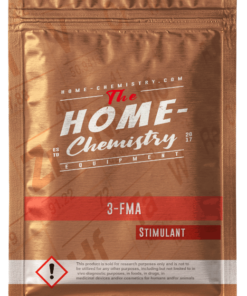 3-FMA crystal rocks - 10 Grams
3-FMA crystal rocks - 10 Grams 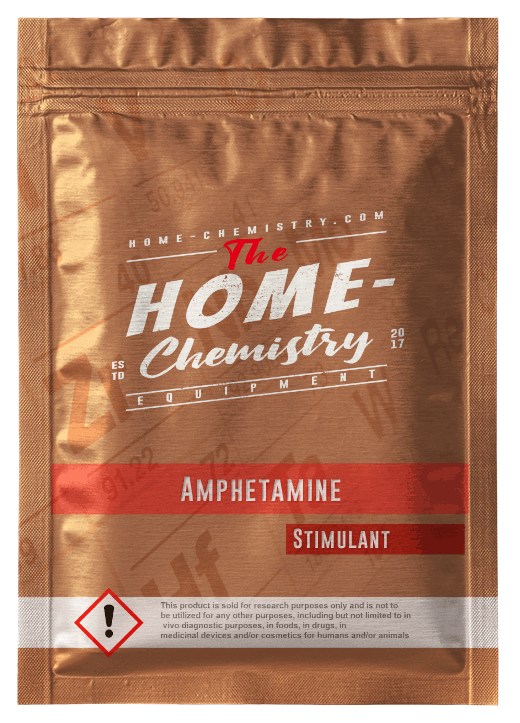

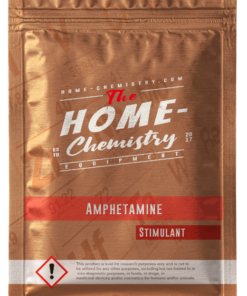

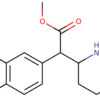
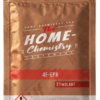

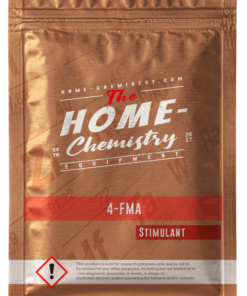



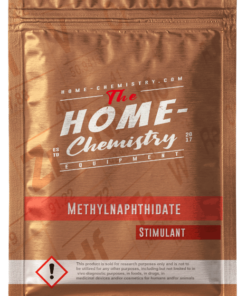

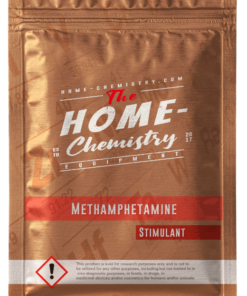

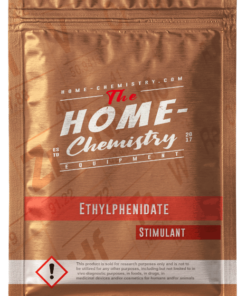

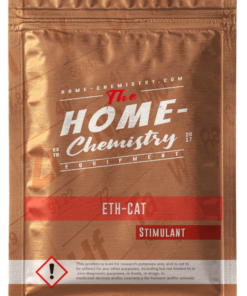


Abel.d.W2 –
package is inventive! keep going